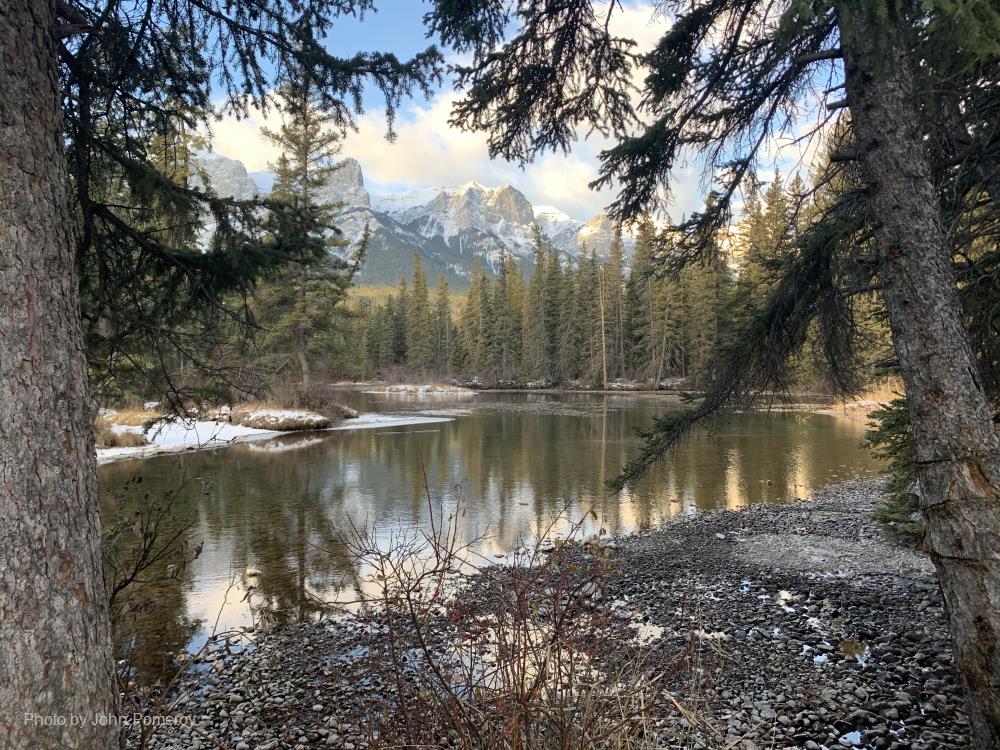
Related items loading ...
Section 1: Publication
Publication Type
Journal Article
Authorship
Duignan, S., Moffat, T., & Martin-Hill, D.
Title
Using Boundary Objects to Co-Create Community Health and Water Knowledge with Community-Based Medical Anthropology and Indigenous Knowledge
Year
2020
Publication Outlet
Engaged Scholar Journal: Community-Engaged Research, Teaching, and Learning, 6(1), 49-76
DOI
ISBN
ISSN
Citation
Duignan, S., Moffat, T., & Martin-Hill, D. (2020). Using Boundary Objects to Co-Create Community Health and Water Knowledge with Community-Based Medical Anthropology and Indigenous Knowledge. Engaged Scholar Journal: Community-Engaged Research, Teaching, and Learning, 6(1), 49-76.
https://doi.org/10.15402/esj.v6i1.68178
Abstract
This article explores how Indigenous Knowledge and medical anthropology can co-construct community health knowledge through boundary work and the use of boundary objects. It will highlight how community-based participatory research (CBPR) in medical anthropology can help co-develop methods and strategies with Indigenous research partners to assess the human health impact of the First Nations water crisis. We draw on a case study of our community-based approach to health research with Six Nations of the Grand River First Nation community stakeholders and McMaster University researchers. We highlight how framing a co-constructed health survey as a boundary object can create dialogical space for Indigenous and western academic pedagogies and priorities. We also explore how this CBPR anthropology approach, informed by Indigenous Knowledge, allows for deeper foundations of culturally centered health to guide our work in identifying current and future community health needs concerning these ongoing water contamination and access issues. Through three health survey versions, priorities and research questions shifted and expanded to suit growing community health priorities. This led to collaborative action to communicate specific messages around water contamination and access across governance, community, and institutional boundaries. We demonstrate how our co-constructed approach and boundary work allows for the respectful and reciprocal development of these long-term research partnerships and works in solidarity with the Two-Row Wampum (Kaswentha) treaty established by the Haudenosaunee Nation and European settler nations.
Plain Language Summary
Section 2: Additional Information
Program Affiliations
Project Affiliations
Submitters
Publication Stage
Published
Theme
Presentation Format
Additional Information
CCIWQT


 GWFNet
GWFNet Master
Master Data
Data Research
Research Map
Map
 Advanced
Advanced Tools
Tools
 . . .
. . .
 Metadata Editor
Metadata Editor
 Record List
Record List
 Alias List Editor
Alias List Editor
 Legacy sites
Legacy sites